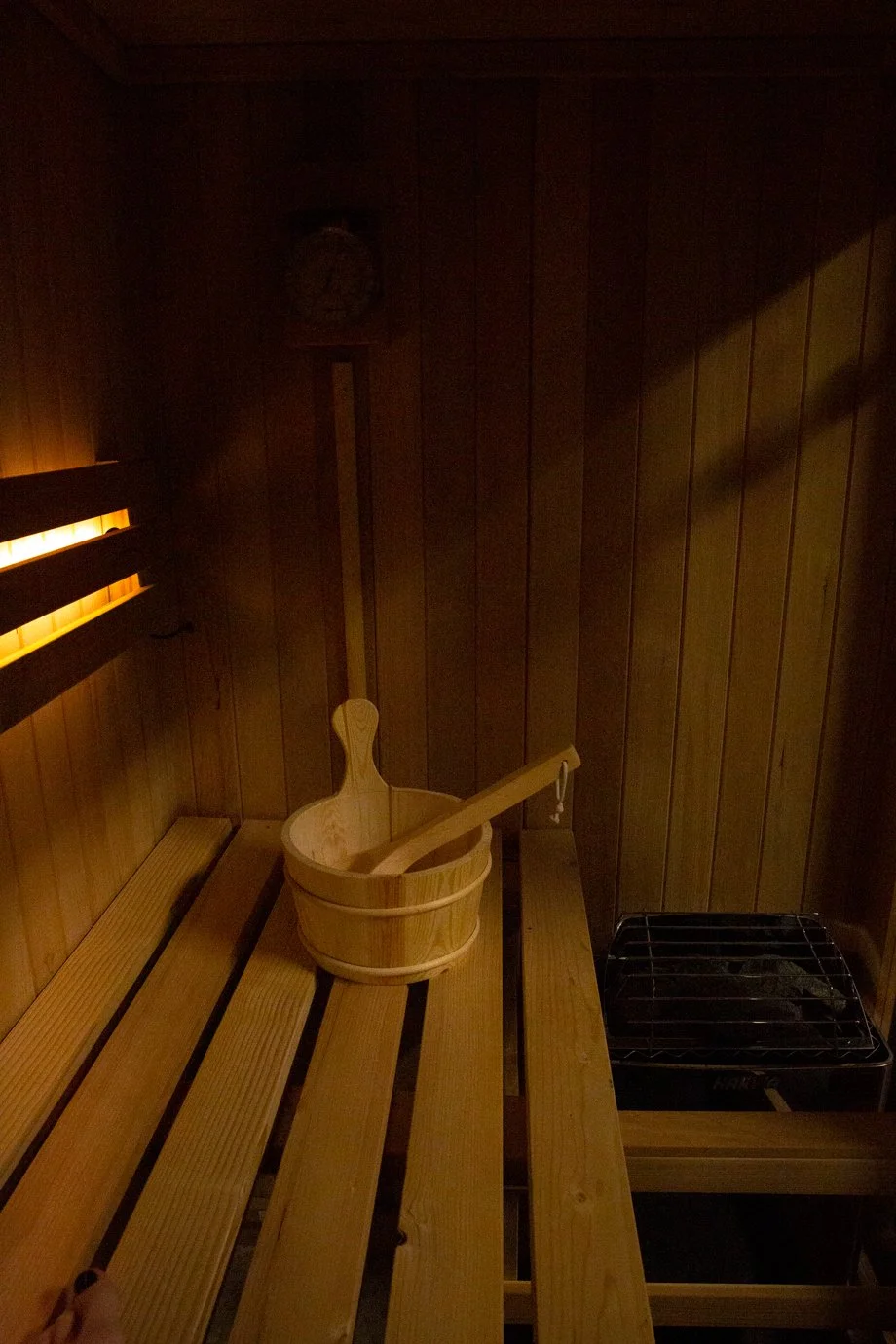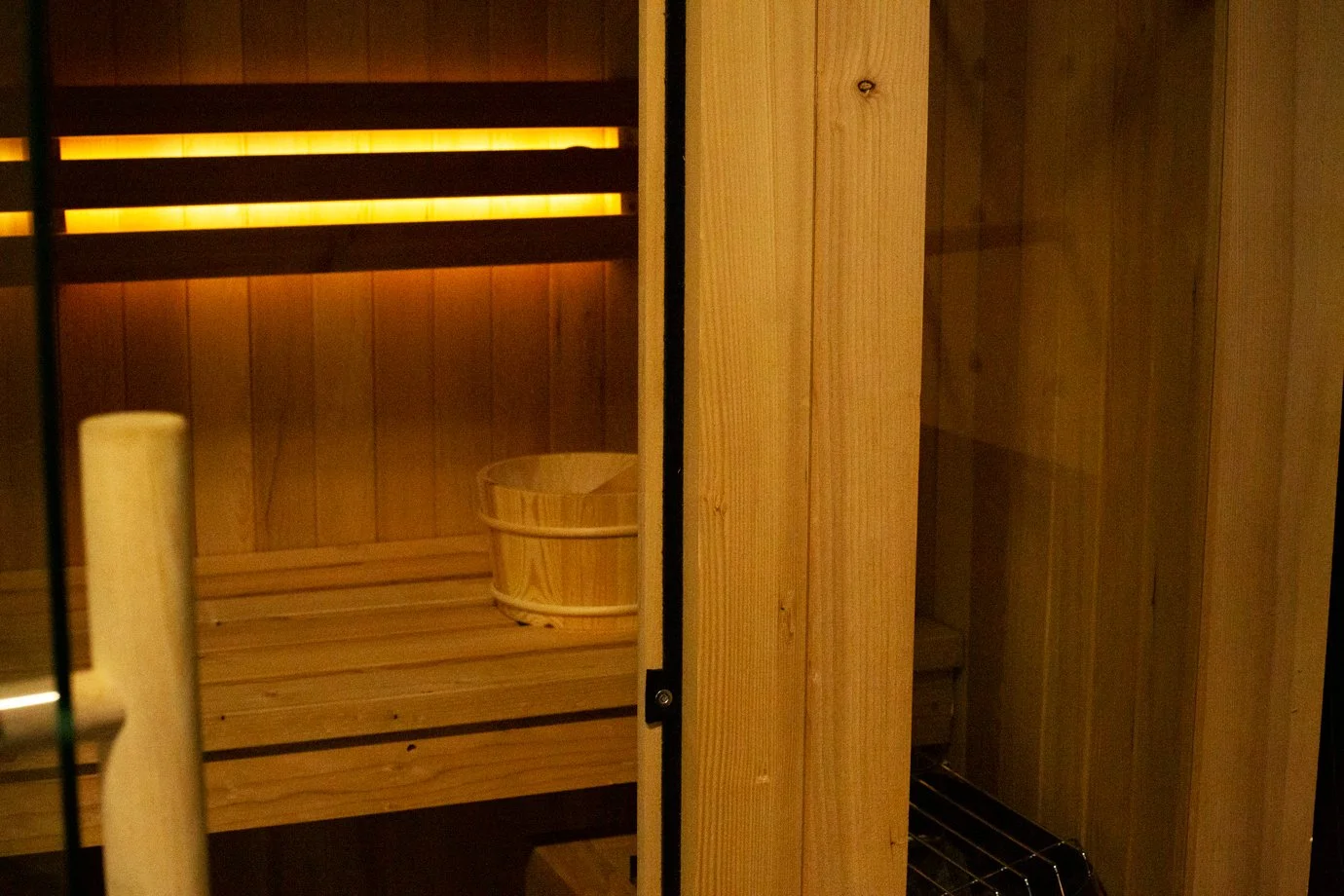Traditional vs. Infrared Sauna: Which is Better for your Health?
We’ve already talked about the benefits of sauna, but we haven’t gone into what TYPE of sauna. So, let’s get into it!
TRADITional vs. infrared sauna:
Which Should You Choose?
Sauna work isn’t just a luxury, it’s a science-backed way to improve your health and recovery. Research has consistently shown that regular sauna sessions can lead to:
Reduced risk of cardiovascular disease
Lowered blood pressure
Pain reduction
Improved muscle soreness recovery
Better sleep quality (especially if done close to bedtime)
Let’s take a closer look.
The science-backed “minimum effective dose”
Most studies examining sauna benefits used a minimum temperature of 173°F for each session. Researchers found that to achieve significant results, you need a total of 60 minutes per week, split into sessions lasting at least 20 minutes each.
Traditional vs. infrared sauna
So, which sauna is better?
traditional or infrared?
The short answer: both can provide the same positive benefits. However…there are a few considerations that we need to take into account.
Here’s what to consider:
Traditional Sauna often reaches 180°F or higher, making it easier to hit the 173°F benchmark used in research.
Infrared Sauna typically peaks at 145-150°F. To match the benefits of a hotter sauna, you’ll need to stay in longer to offset the lower temperature.
My take on traditional vs. infrared:
As someone who values time efficiency, I prefer the traditional sauna-it gets me to the target temperature faster.
BUT, for those who can’t tolerate higher heat, infrared can still deliver benefits. You might just have to stay in a little longer.
The bottom line?
As with most things in life, there are many different ways of achieving the same goal, and something is better than nothing.
Time in any sauna is time spent away from your desk or couch, investing in your health.



